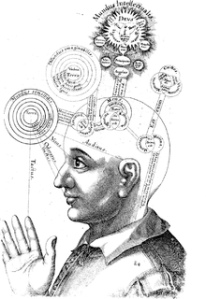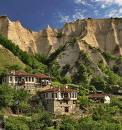We all witnessed how President Obama revolutionized the way that presidential campaigns are held and will be held using technology and community efforts. This historical campaign has been a subject of discussion and analysis until today and has raised the bar in terms of the way the next elections will be held. Public engagement powered by the evolution of digital technology have brought Mr.Obama way ahead of other candidates and changed the election campaign landscape forever.
It not only fundamentally changed the logistics of a political campaign, but also formulated key principles that we will never forget. For me the most powerful one is that “crowds and communities have an immense power if given the tools to use it” – a concept so extensively discussed during the course of my Social Media class and one of the most important ones that I will try to apply during my future career as a communication’s professional. Never would he’ve been able to organize such large numbers of supporters without giving them the opportunity to organize and support themselves, energizing them and giving them the power and authority to contribute.
During the semester we read the book “The Long Tail ” by Clay Shirky. In it he mentions that the 3 key elements for a successful online campaign are: democratized production, democratized distribution, and connection between supply and demand.
Undoubtedly, Obama had them all. He used the democratized tools, his website, mobile phones, the existing social networking software. He used the democratized distribution, be it social networks, mobile, video or emails. And finally he connected supply (used existing networks) and demand (people’s willingness to be involved). Obama directed crowdsourcing – he gave opportunities to large masses to contribute.
It is hard to predict what the next elections will look like. If we try to predict them, we need to predict technology and the developers’ genius minds are hard to guess. The volunteer organization and empowerment will likely be times more sophisticated. I can imagine Obama’s opponents opening up and adopting this model of community energizing and engagement.
Two years from now is a long time. The Moore’s Law states that in two years the technology advances twice as much and becomes twice cheaper. So just to give you an example – in two years the IPad will be totally outdated and be replace by a two times more sophisticated and half cheaper device. What other platforms will be out there is hard to guess. But I think that no matter what they are, the core concept of community engagement and collective action will never get old and will be the driving force of the 2012 presidential elections as well, the way it is increasingly being adopted by the business world as well.
Another trend that we might possible see is Clay Shirky’s Long Tail. During the last elections Obama’s camping has overseen more than a hundred different websites. I think that during the next elections he might go after even more niche audiences, no matter how small they are, and double the sites he oversees. I see his campaign reaching out to niche communities providing them with even more interactive tools to collaborate such as different apps and widgets.















